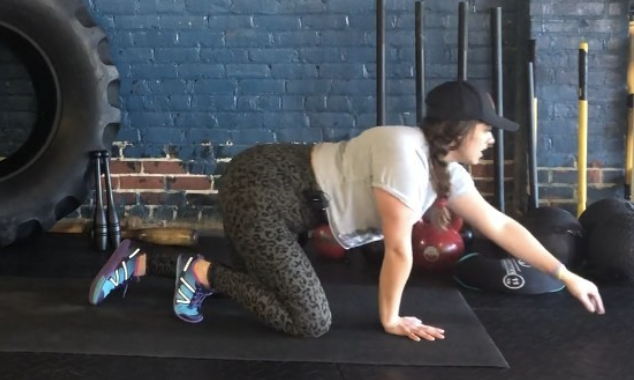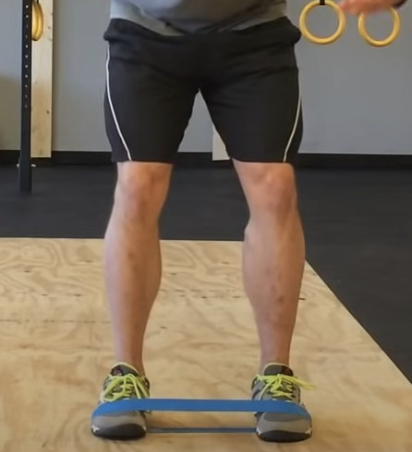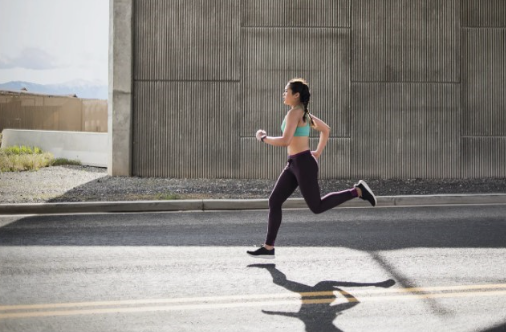The need for cross training and the value of proper shoewear have been ingrained into the minds of competitive athletes and weekend warriors alike. But in 30 years as a physical therapist, I continue to see runners struggle with issues such as plantar fasciitis, stress fractures, shin splints, patellar tendonitis, IT (iliotibial) band pain, and hip bursitis.
Knowledge has rapidly progressed in the fields of shoewear, strength training, foot strike and stride length variations, run cadence, nutrition and sleep. So why are runners still unable to avoid injury?
There are typically three big errors that I find runners making, and interestingly enough, they fall into three big categories. Keep reading and I’ll share some tips for improving mobility, strength, and breathing so that you can keep running.
Mobility – The Illustrious Great Toe
Stretching the Achilles/calf muscles, Hamstrings, Quad, Glutes, and hip flexors are all a part of today’s pre- and post-run routines, but many runners neglect to stretch the big toe, also known as the great toe.
While the great toe needs 45 to 55 degrees of extension for normal walking, it needs 50 to 70 degrees of extension during a run. Loss of great toe extension can lead to various long-term injuries that can sideline a running program.
Great toe extension helps to give the plantar fascia its strength and helps to stiffen the mid foot as the heel comes off the ground in the push-off phase of the running cycle. Loss of this extension means that the plantar fascia cannot recover from being stretched after it absorbs the weight of the body mid-stance. This can lead to plantar fasciitis and shin splints.
Great toe extension, or lack thereof, also changes the mechanics at the ankle, knee, and hip. As the run cycle transitions from mid stance to early heel-off and push-off, lack of great toe extension results in excessive ankle dorsiflexion (when toes and foot are pulled toward the knee) as well as decreased recruitment of the Achilles/calf muscles and quads to push off. Clearance of the foot from the ground then falls to the front of the calf (dorsiflexors), hamstrings, and hip flexors. This can lead to shin splints, runner’s knee, IT Band Syndrome, and hip flexor tendonitis
The Fix: Mobilize and stretch the Great Toe into extension!
Here’s how:
Get onto your hands and knees. Walk your hands forward on the ground until the front heel comes off the ground and the great toe begins to move into extension. Hold this stretch and breathe normally. (This is one of the most fibrous joint capsules in the human body, so low load-prolonged stretches are much more effective than big stretches done for short periods of time.)
Hold a gentle stretch for 30-60 seconds. If you feel pain on top of the joint, lighten up on the intensity of the stretch.

Strength Training – Move It to the Side
Most runners today have heard the phrase: “You can’t just run to get into shape. You need to be in shape to run.”
The value of cross training (especially strength training) for runners has come into the spotlight in recent years. So with more runners hitting the bike, rowing machine, and weights, why do we continue to see running issues related to muscle weakness? Specifically the gluteus medius and minimus. The hip abductors.
The hip abductors are key in maintaining pelvic and core stability at heel strike and during the stance phase of walking and running. This stabilization allows the impact to fall on the larger muscles – the glute max, the quads, and the calf.
If the outside of the hip is weak, the hip collapses during weight bearing, and the pelvis drops. This puts a lot of stretch on the outside of the hip and can result in hip bursitis, knee pain, shin splints, and plantar fasciitis. Yes! A weak hip is one of the main reasons for plantar fasciitis.
The Fix: Strengthen the outside of the Glutes!
Lateral Band Walks are a great way to quickly feel the burn and get those sleepy lateral glutes to kick in. So, if you don’t already have one, get yourself a band from your favorite sports store. Then wrap it around your feet or ankles and start side-steppin’ to the music.
Try 4 10-20ft trips back and forth or work on side-stepping for 2-3 minutes as a good starting point.

Breathing – Bottom to Top
Most of us have been breathing for a while without requiring much instruction, but how you breathe can change how you run.
Filling your lungs from the bottom to the top is optimal for getting the most oxygen into the system. This means that, ideally, you’re breathing through the nose and down into the belly. Furthermore, taking the time to exhale fully aids in getting rid of all the carbon dioxide and helps to buffer the acidity that comes from using our muscles.
Some runners are stuck in an upper-chest breathing pattern. This especially occurs when tired and feeling those muscles burn. Upper-chest breathing, though, is shallower and is much more inefficient for gaseous exchange, leading to even more burning in the muscles and feeling fatigued.
The mechanical implications of upper-chest breathing can lead to changes in running pattern as well as injury. As the upper chest expands, the rib cage and thoracic spine need to extend and elevate. This leads to a center of gravity that is higher and further back in your stance.
This means that your stride length, by definition, has become “over-striding.” Over-striding occurs when your front leg reaches too far forward from your center of gravity, and every foot strike takes a significantly higher impact from the ground.
This higher impact can add up when taking 2000 steps every mile you run! And all those impacts can lead to chronic injuries that just seem to stick around.
The Fix: Focus on slow, deep, nasal belly breaths and full exhalation.
Doing this, especially when you’re tired and those legs are burning, will help keep the runs going and the injuries something you simply read about.

